Stonehenge – one of the oldest and most mysterious sites in the world. Built around 5,000 years ago (that’s 2,500 years older than the Colosseum and The Parthenon and 4,500 years older than Machu Picchu and Versailles), no-one knows for sure what they were for. One thing is for sure though, if you’re in England, then visiting Stonehenge is a must – and I’ve got a super special way of doing it to show you.
Contents
- Contents
- How to get to Stonehenge
- Visiting Stonehenge
- How to see Stonehenge up close: The Stone Circle Experience
How to get to Stonehenge
The easiest access to Stonehenge is by car. It’s around a 20 minute drive from Salisbury (the base from which we visited), and about an hour from Bath. It’s also accessible by car in around 1hr from other major cities such as Southampton, Bournemouth and Swindon.
If you’re travelling from London, then I recommend taking the train. Take the South Western Railways service from London Waterloo to Salisbury in 1.5hrs, and then from Salisbury station take 20 minute the Stonehenge Tour Bus straight to the site (or any number of local buses).
Visiting Stonehenge
The public can visit Stonehenge during opening hours, but can only walk around the outskirts of the stones from a distance of around 20 metres. It means you can’t get close to the stones, let alone inside them.
There is also a visitor centre, open 9.30am – 5pm. There are some interesting boards to read about the history of the site, including information about how the stones got there and what they were for (more on that later). There are also then some model houses which show what the houses of the time would have been like, a lovely big shop and a cafe.
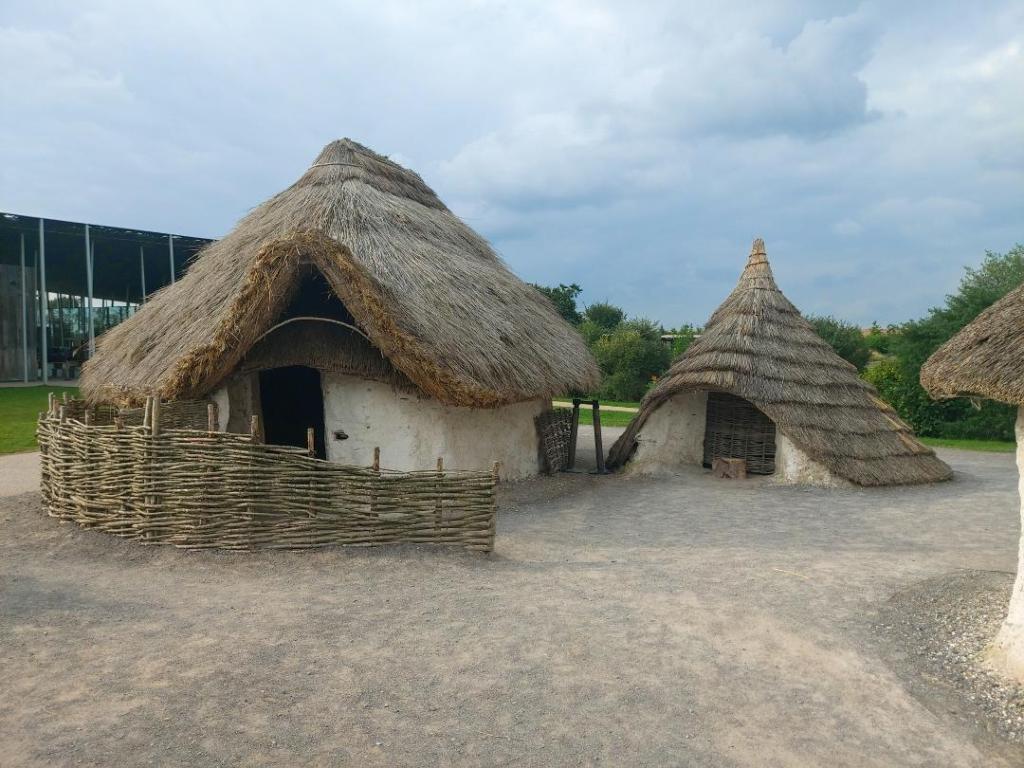
Honestly though, only walking around the perimeter is a bit of an anti climax. So here’s how to get up close to the stones!
How to see Stonehenge up close: The Stone Circle Experience
To be able to see the stones up close is a true privilege, and there’s a great way to do it – by booking on to a Stone Circle tour before or after hours for sunrise or sunset. Booking on to this tour was one of the best things I’ve done – it was such a special, magical experience and I recommend it to anyone visiting.
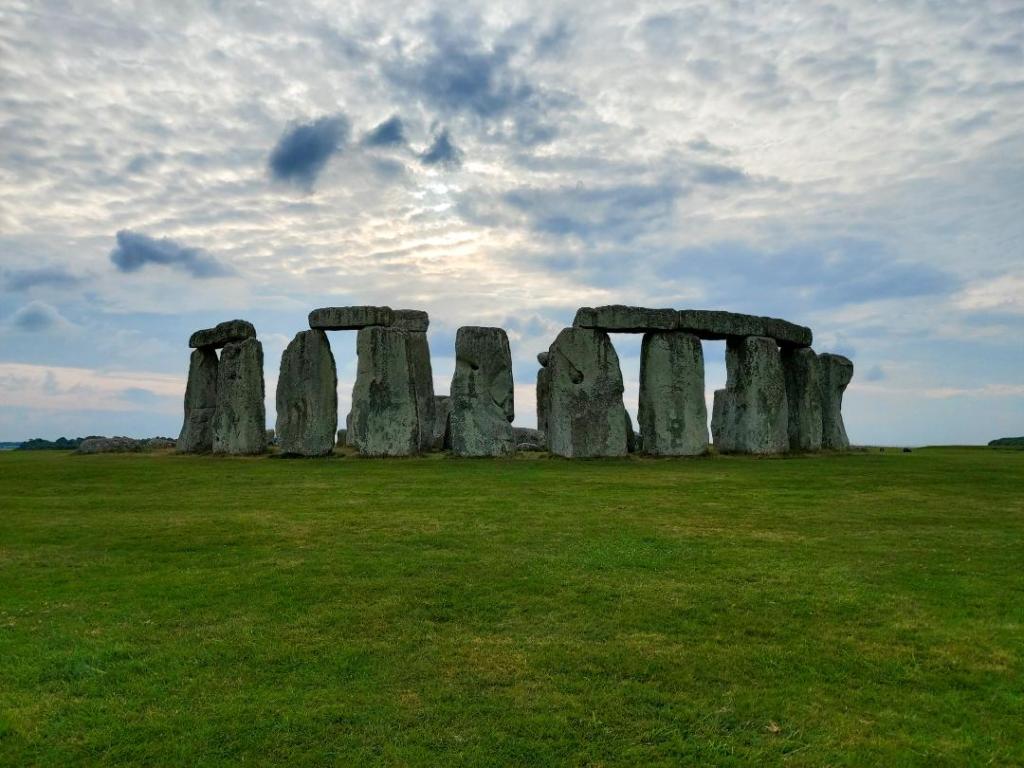
I booked on to a sunset tour, which ran from 5-6pm. The visitor centre closes at 5pm, but you’re allowed to arrive from 4pm to visit the onsite museum I mentioned before.
The star of the show though, obviously, is the stones themselves. A shuttle bus picks you up ahead of the tour and takes you up to the stones with a guide. After a brief history, you’re then free to roam through the stones, round the stones, as close as you want – all with the guide there to ask questions if you want to.
The stones you see today date back to 2,500 BC. Prior to this, there is evidence of a circular ditch being built 500 years earlier, within which numerous remains have been found making it the largest Neolithic cemetery in Britain. There are two types of stones used – the larger ‘sarsens’ and the smaller ‘bluestones’. The bluestones were transported from Wales (no-one is sure exactly of how), and the sarsens are local Wiltshire stone.
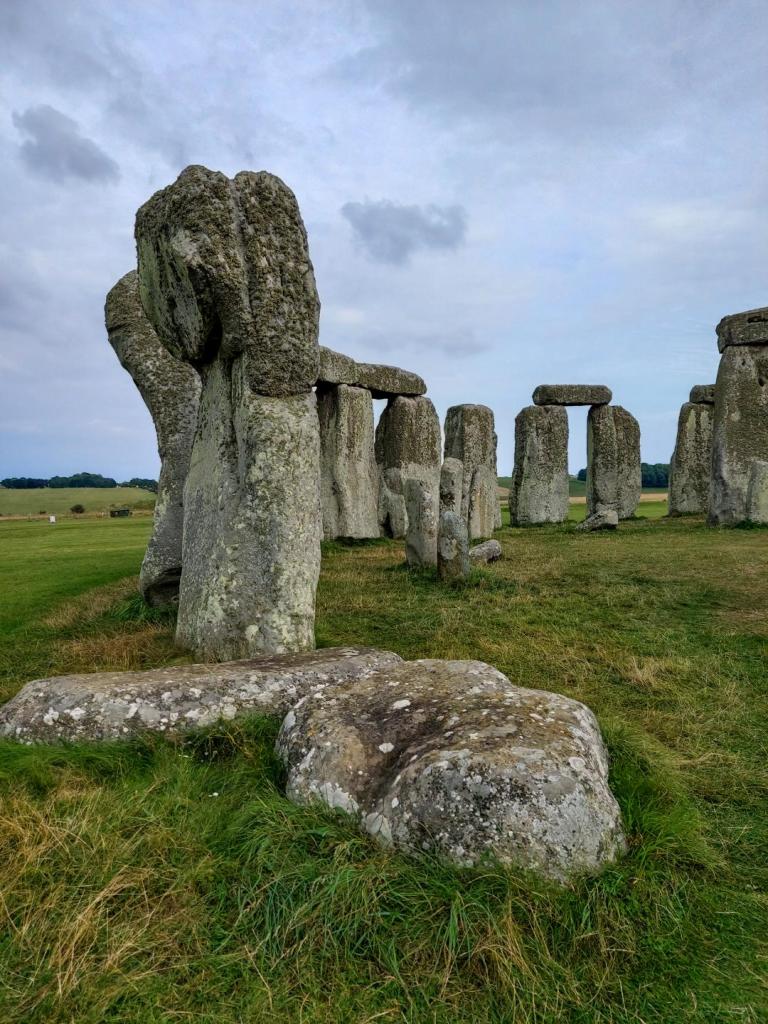
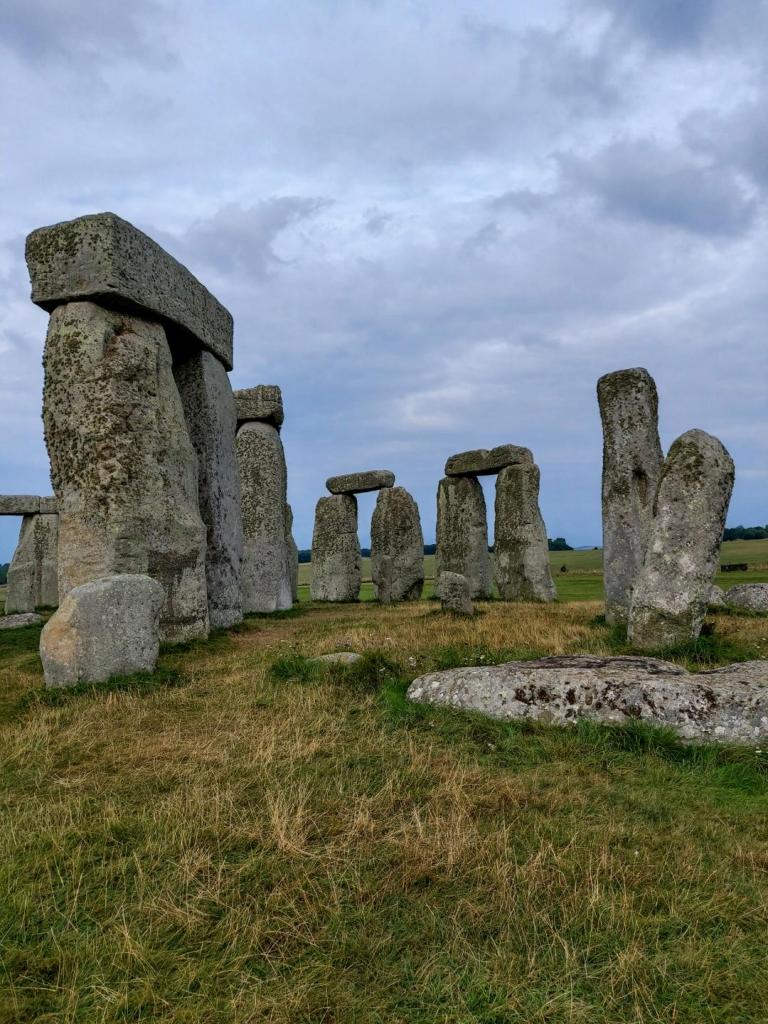
No-one knows what the purpose of Stonehenge was. What is for sure is that the sarsen stones, put up in at the centre of the site, were carefully aligned to line up with the movements of the sun. If you were to stand in the middle of the stone circle on midsummer’s day, the sun rises on one side through the centre of the stones. And on midwinter’s day, the sun would originally have set between the opposite sarsens.


The whole layout of Stonehenge is therefore positioned in relation to the solstices, or the extreme limits of the sun’s movement. The solstice axis is also marked by the specific stones which are positioned in a rectangle on the edge of the surrounding circular ditch. What this means, historians aren’t sure – could it be a Neolithic calendar? A solar monument complex? An early computer?
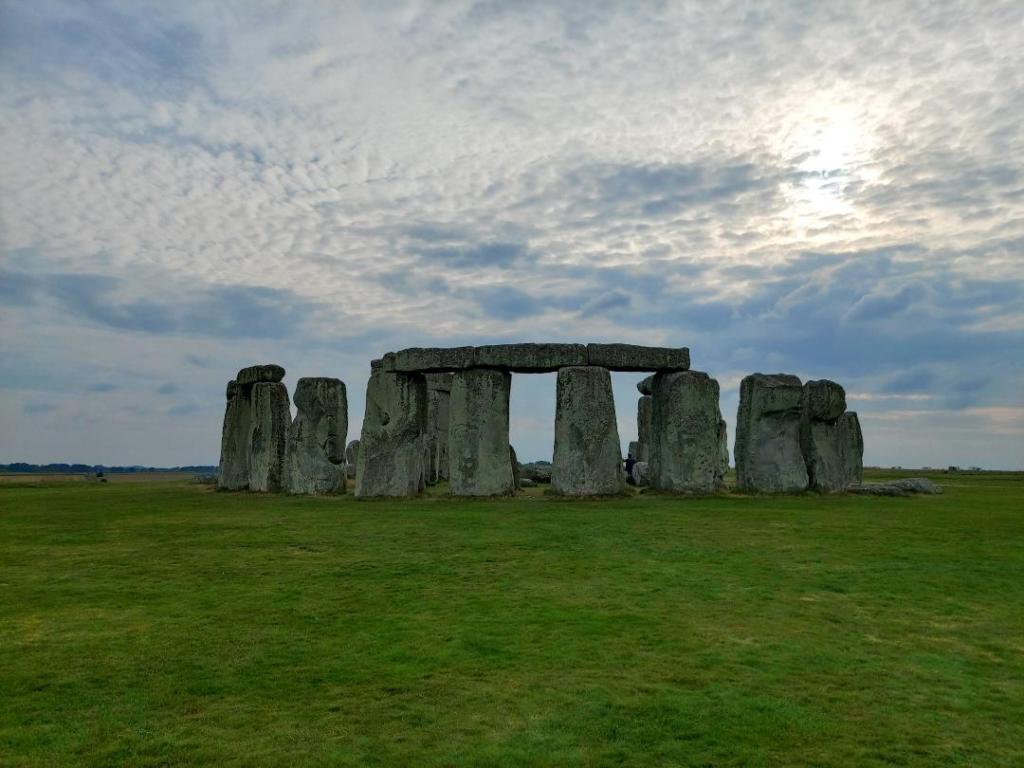
Ultimately we will never know – and part of the life in these stones is the intrigue, the guessing, the mystery. Though if you ask me… anyone who has lived through an English winter can see the point of building Stonehenge to try and work out when the sun will be back.
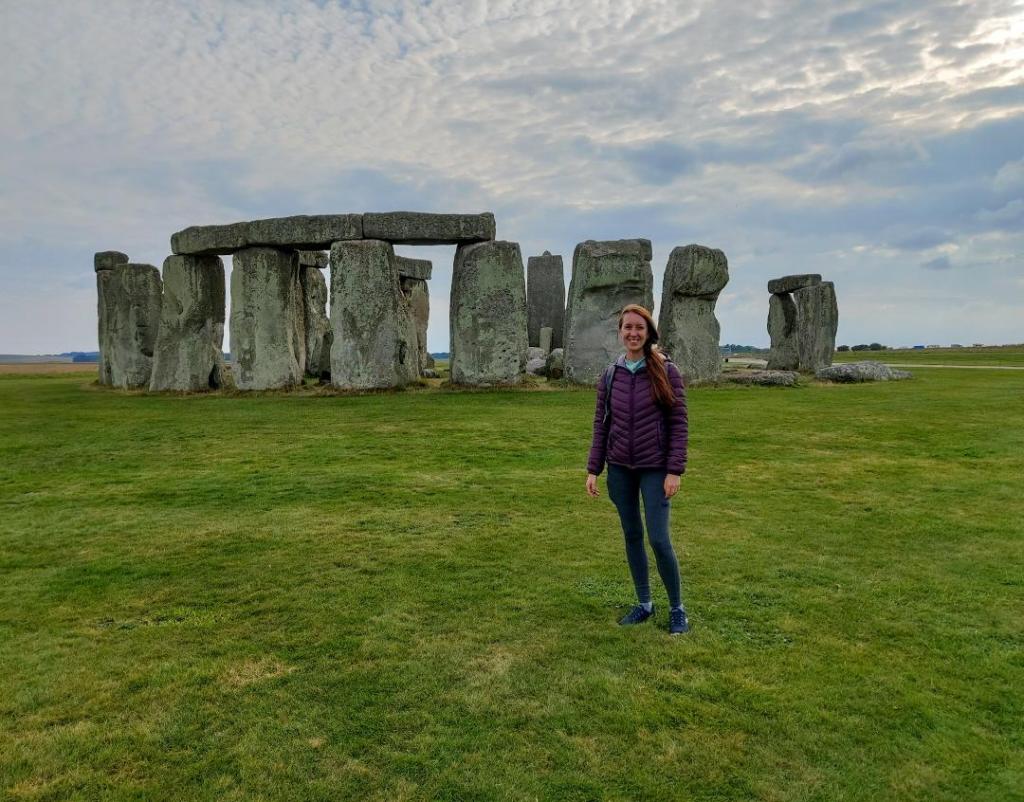
So, what do you think? Is this an ancient magical site worth a visit or just a load of old stones? Let me know in the comments below, and as always – stay safe and happy travelling!

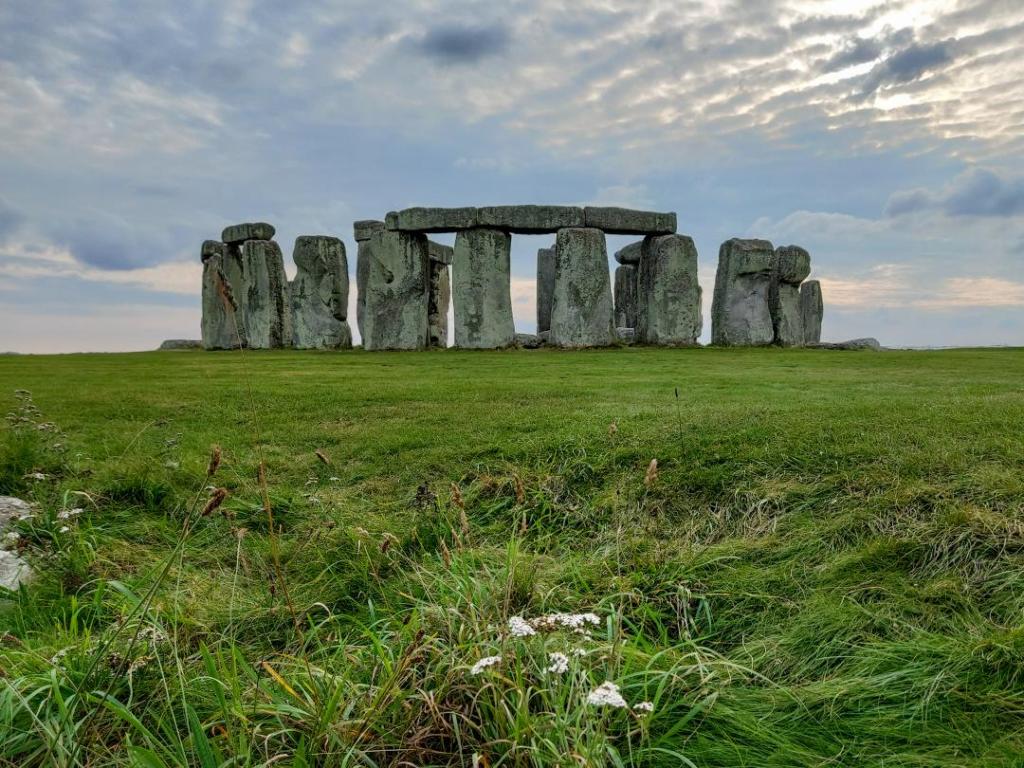
Leave a comment